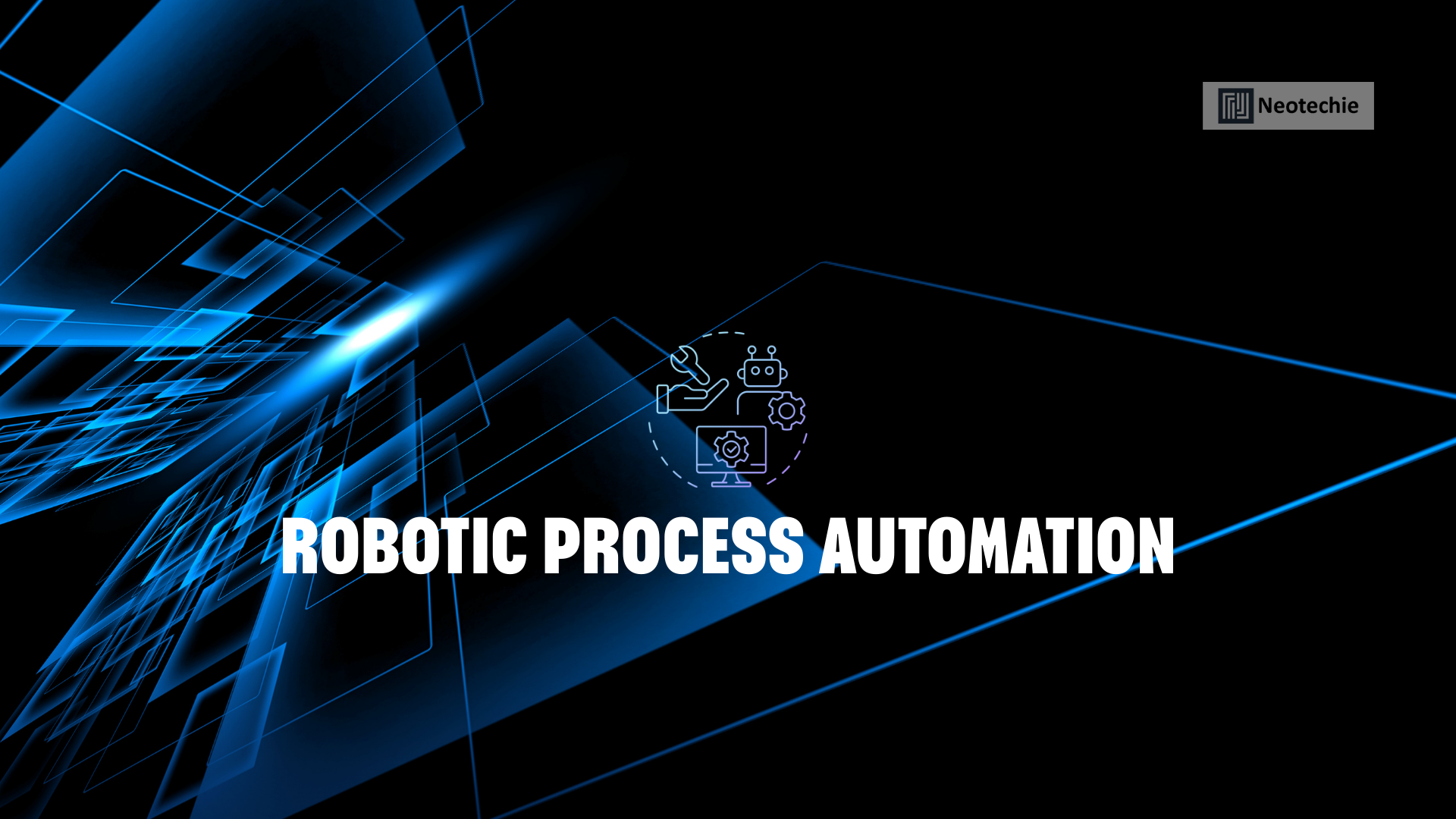-
0 Comments
Understanding Robotic Process Automation (RPA)
Robotic Process Automation (RPA) leverages software “bots” to replicate human actions performed within digital environments. These bots interact with applications, systems, and interfaces to execute tasks traditionally handled by humans. RPA transforms business operations by automating repetitive tasks such as data entry, navigation between systems, and report generation.
Core Functions of RPA
RPA automates routine workflows by integrating seamlessly with existing systems. Instead of requiring major infrastructure changes, it works with the tools businesses already use. Bots can perform a wide range of actions, including logging into applications, extracting information, inputting data, and generating reports.
Benefits of RPA
-
- Enhanced Efficiency: Bots can work 24/7 without fatigue, speeding up processes and delivering consistent results.
-
- Error Reduction: Automation minimizes human errors, ensuring higher accuracy in repetitive workflows.
-
- Cost Savings: By automating tasks, businesses can significantly reduce operational costs.
-
- Improved Compliance: RPA ensures tasks are performed according to regulatory standards and internal protocols, reducing compliance risks.
-
- Employee Satisfaction: With bots handling mundane tasks, employees can focus on strategic and creative work, improving job satisfaction.
Applications of RPA
RPA finds applications across industries and functions:
-
- Finance and Accounting: Streamlining invoicing, reconciliation, and financial reporting.
-
- Customer Service: Automating ticket handling, order tracking, and account updates.
-
- Healthcare: Managing patient records, billing, and claims processing.
-
- Supply Chain Management: Tracking shipments, updating inventory, and automating procurement workflows.
Scalability and Integration
One of RPA’s strengths is its ability to scale rapidly. Businesses can deploy bots to handle an increasing workload without proportionate increases in resources. Additionally, RPA tools are designed to integrate effortlessly with legacy systems, eliminating the need for expensive overhauls.
Driving Digital Transformation
RPA is a cornerstone of digital transformation. By automating repetitive tasks, organizations can shift focus to innovation, enhance customer experiences, and gain a competitive edge. As a result, businesses can operate more dynamically and adapt quickly to changing market conditions.

